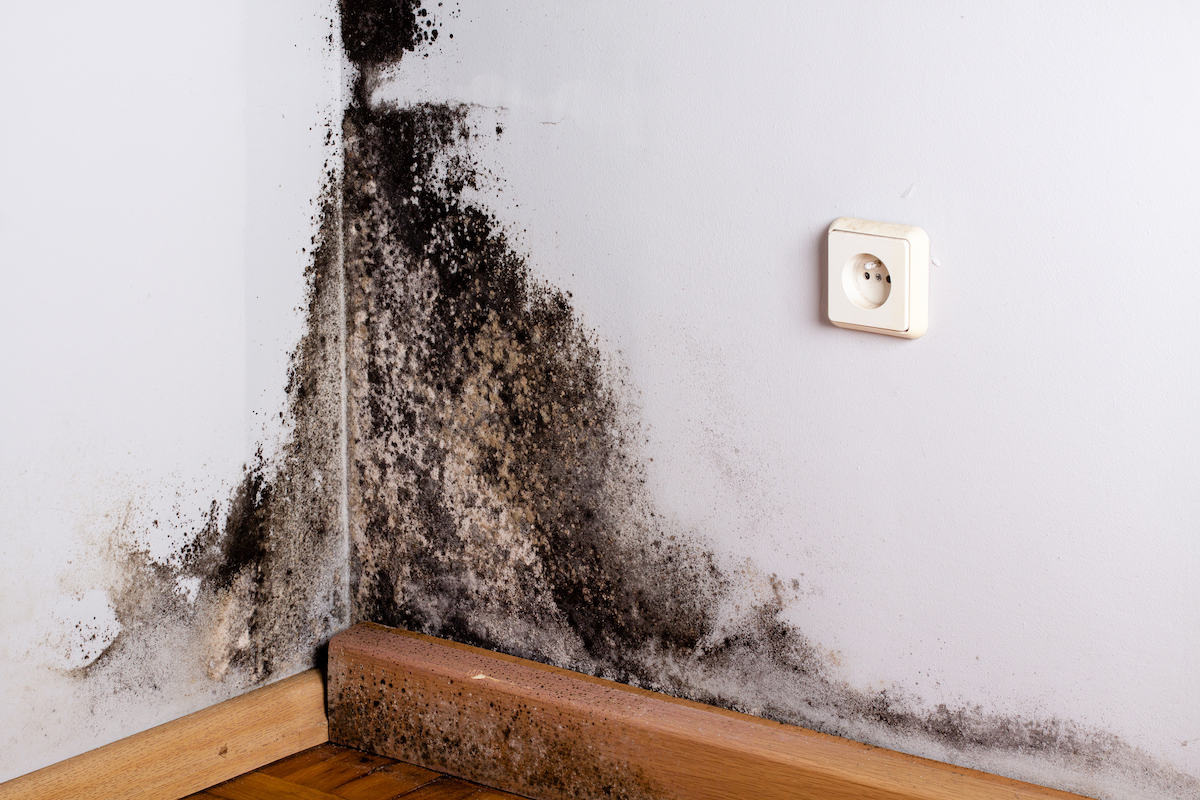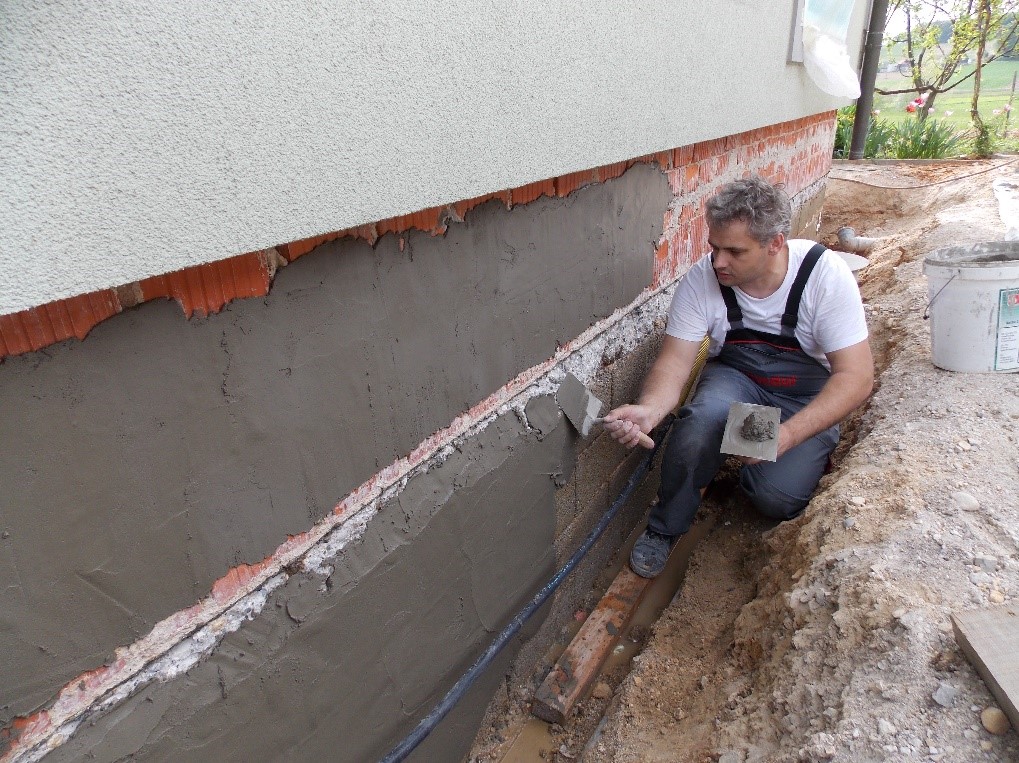Our home is a place to relax. Also, it is a place to enjoy the company of friends and family and the special moments in life that we never forget. But feeling good in our indoor space is not due to chance. In order to achieve the desired quality of indoor living, three key conditions must be met: a pleasant perception of indoor temperature, a watertight building envelope and regular inflow of fresh air. Let us see how to accomplish this:
1. Cool in summer, warm in winter
18 degrees Celsius is the World Health Organization’s (WHO) recommendation for winter indoor temperature. We can get there in two different ways:
- either by consuming a lot of energy for heating
- or by properly enveloping our building and consuming only minimal heating energy.
While your family budget may survive high heating bills, we should nevertheless be aware that high energy consumption means more environmental pollution. The same is true for summer, as buildings may rapidly overheat if envelope protection is not properly designed and does not prevent solar energy and heat from entering our indoors.
Good thermal insulation prevents heat from leaking outdoors in winter and keeps the heat away in summer. However, thermal insulation must envelop all building elements (also below grade!). Even more important – we must resolve the most critical issues – thermal bridges.
2. A dry and healthy home
Beside a pleasant indoor temperature, our home must be dry. Proper protection of our indoor space from water and moisture is an absolute must. As moisture facilitates mold growth, moist indoor spaces are a known health hazard. Also, moisture will cause other problems, such as unpleasant odors, moist clothing and ugly spots on furniture and walls.

Picture 1: Condensate
Some of these problems may be resolved with air-dehumidifiers and regular ventilation, but not for long, as only the symptoms are dealt with while the underlying causes remain unresolved. A permanent solution for moisture requires a comprehensive analysis of its causes.
The immediate question that comes to mind is: where is all this excessive moisture coming from? Cooking and clothes drying may be part of the answer and to avoid further high moisture levels, such spaces must be properly ventilated. In order to avoid condensate formation resulting in moist walls and clothing, indoor temperature should not fall below 18 degrees Celsius and relative indoor humidity must not exceed 65 %.
- Keep your home warm in winter. A thermally insulated envelope and regular ventilation prevent the condensation of moist air on cold surface areas.
- Open your windows on different sides of the building several times a day and create a draft. This happens because of temperature differences as air temperature on the sunny side of the building is higher than on the shaded side.
- Always turn your kitchen hood on to suck away moist air during cooking.
- Do not dry your clothing indoors. If no outdoor clothesline is available, you should consider investing in a dryer.
- To prevent the formation of condensate where non circulating moist air comes into contact with cold wall surfaces, avoid placing your furniture close to exterior walls that are not thermally insulated.
- Periodically open the door of small closed spaces such as closets to enable at least minimal air circulation.

Picture 2: Cleaning the wall in preparation for waterproofing and thermal insulation
Generally, renovation of below grade walls starts with removing the soil and checking the state of the waterproofing. Partially damaged waterproofing is appropriately repaired. However, if waterproofing is generally in a bad way or is altogether missing, new waterproofing must be applied. Finally, the waterproofed below grade walls are thermally insulated and the excavation is filled with proper drainage material.
Warning: only ETA certified and approved thermal insulation should be applied below grade. The ETA (European Technical Assessment) gives proof and assurance that a product is indeed suitable for below grade application.
Ask for it!
Are you facing similar problems? Reach out for help on advice@energyshield.biz.
3. Fresh air in your home
A key factor for reducing moisture levels and maintaining indoor air quality is proper ventilation. If your home does not have a mechanical ventilation system, try to establish daily ventilating routines. To avoid the unpleasantly cold indoor temperatures after opening windows, you may prefer to do this in the morning, before you leave for school and/or work.
As passive house standards require airtightness and mechanical ventilation with heat recovery, mechanical ventilation is obligatory to ensure a controlled air exchange.Note to self:
- use proper thermal insulation,
- reduce thermal bridges to a minimum,
- protect the waterproofing layer,
- make sure that not only correct materials are chosen, but also that they are properly installed.

 +386 7 39 39 510
+386 7 39 39 510 advice@energyshield.biz
advice@energyshield.biz
